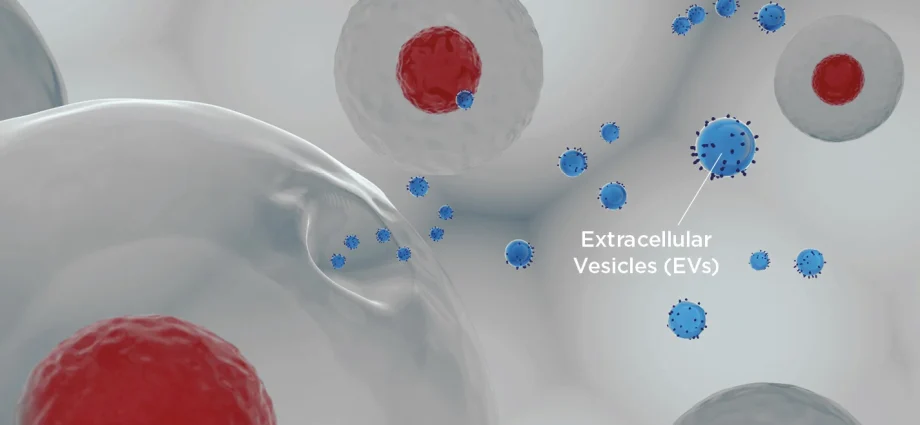Fundamentally, stem cells are undifferentiated biological cells that can divide (by mitosis) generate additional stem cells and develop into specialized cells. Their two main characteristics self-renewal that they can create duplicates of themselves and potency that is, their capacity to separate into other cell types make them unique. Being the body’s repair system, their amazing adaptability allows other cells to be replaced as long as the person or animal is still alive. For more information reach out to https://www.targetedbioscience.com/.
Types of Stem Cells
Each of the several primary forms of stem cells has unique qualities and possible uses. Being pluripotent that is, able to produce any kind of cell in the body embryonic stem cells (ESC) Their generated from the inner cell mass of a blastocyst. Usually multipotent, meaning they can differentiate into a limited number of cell types connected to their tissue of origin, adult stem cells also known as somatic stem cells are found in many tissues across the body (e.g., bone marrow, fat, blood). Induced pluripotent stem cells (iPSCs) are adult cells genetically reprogrammed in a lab to an embryonic stem cell-like state, providing a means to produce patient-specific stem cells free from ethical questions related with ESCs.

Stem Cells: Their Regenerative Potential
Stem cells’ regenerative power is the most important way they will influence medicine. Stem cells are under investigation as means of either repairing or substituting damaged tissues and organs. Stem cells are under study, for example, in cardiology for their capacity to heal heart muscle following a heart attack. By replacing injured or sustaining existing neurons, they hold promise in neurology for treating disorders including Parkinson’s disease, Alzheimer’s disease, and spinal cord injuries. Stem cells could be employed in orthopedics to rebuild cartilage in joints or heal bone fractures.
Stem cells in models of disease and drug discovery
Apart from direct therapeutic uses, stem cells are transforming our knowledge and fight against diseases. Using patient-specific iPSCs, researchers can create “disease in a dish” models to examine disease progression, pinpoint fresh pharmacological targets, and test the efficacy and toxicity of possible treatments without engaging human subjects. < Especially for uncommon or complicated hereditary diseases, this speeds up medication development and increases the ethical and efficient nature of the process.
Stem cells, then, mark a tremendous advance in medical science. Their special capacity to self-renew and vary into multiple cell types presents hitherto unheard-of chances for drug development, disease modeling, and regenerative medicine. Stem cells’ influence on human health is only likely to get more significant as research develops, so providing hope for many millions of patients all around. Visit https://www.targetedbioscience.com/. to explore more the innovative work in this discipline.

Comments are closed, but trackbacks and pingbacks are open.